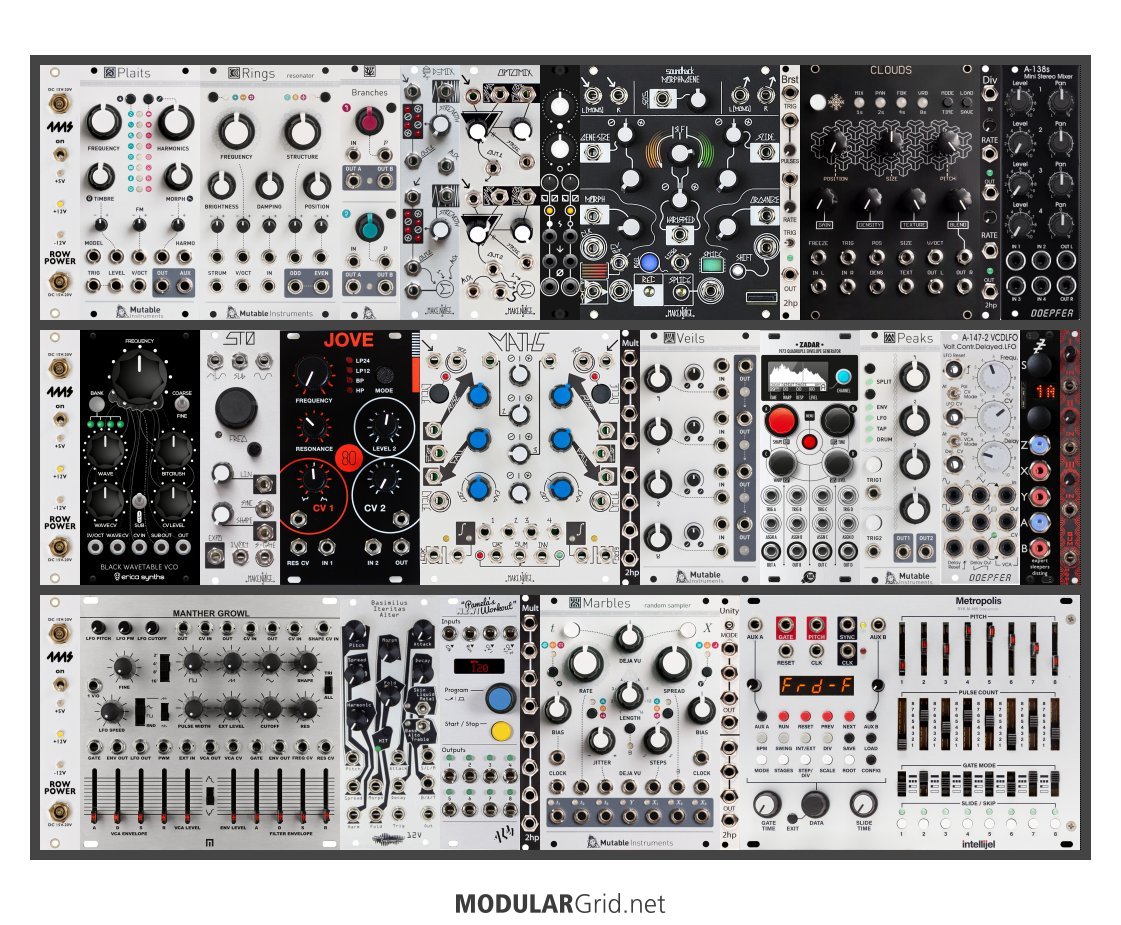The AS Generator isn't something I'd choose. Sure, it LOOKS great and I do think it's an improvement over the Oberkorn. But it comes in its own cab (and you should NEVER put something that already has power into a case that's intended for things that DON'T), and I just think it's less business, more show. Rather, go smaller and cheaper...and you find more capable things such as Pittsburgh's Sequencer Designer 128, Make Noise's Rene mkii (which tandems with their Tempi), The Harvestman's Stillson Hammer mkii, Squarp's Hermod, Zetaohm's FLXS1, or the 1010 Music Toolbox. The Generator has that "sexy module syndrome" issue...great looks, lots of lights and colors, but there's boring-looking stuff that can kick the crap out of it in less space and for less money.
Go with the Batumi + Poti expander. Frankly, ANY signal with a vertical leading edge will function as a clock signal, and it doesn't really matter what happens after that leading edge. Where longer pulses matter is if you're trying to trigger sustains on envelopes, or if you're trying to create patterns with logic, which require proper pulses for combinatorial/exclusionary purposes. The only example above where I think that having a clock gen is critical would be in going with the Rene mkii, since it and Make Noise's Tempi are designed to work in tandem with some backplane connectivity. And in several others of these, they HAVE clocks already. Always try to add as much functionality as you can in single modules in a small build like this; if you can make the same 20 hp do 8 different things, why would you fill up that same space with something that can only do 2-3?
I would add a second (or even a third) VCO (something more "normal") to put against the Wavetable VCO to fatten up the sound somewhat. And then after these, use a mixer. Also, consider a proper stereo mixer and an output stage.
Don't build with just this one voice in mind, also. Work out a full-on final build first with the intention that you could land at that build's end-point and be happy, then if you have to make any adjustments, make those to conform with the ideal final build. Otherwise, you're just tossing modules into a box at this point, and that's not a good way to go at this. It's not "futureproof", so to speak.


